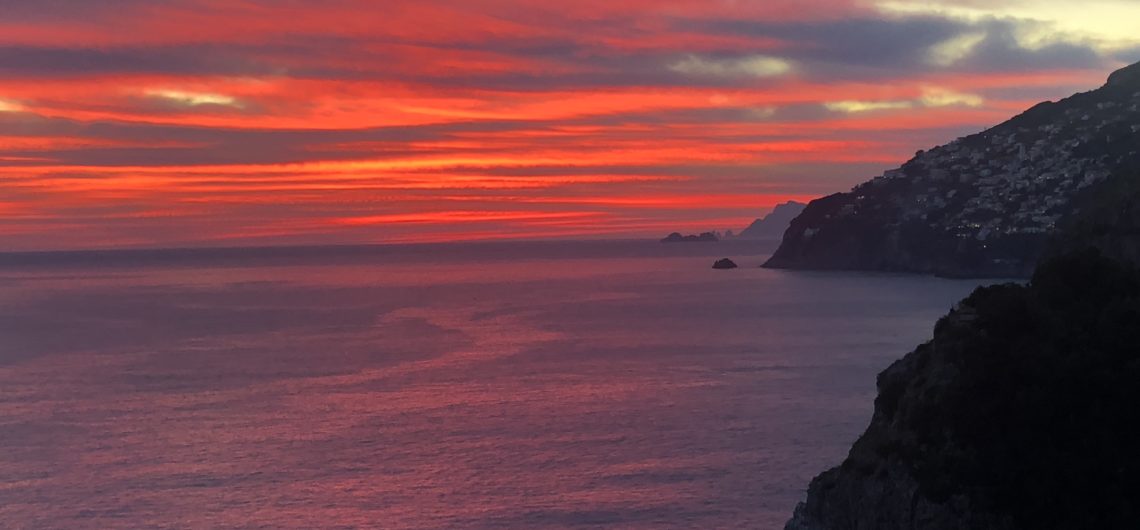It is undoubtedly right to highlight the landscape, historical and cultural heritage of Capri, focusing in particular on the famous Faraglioni of Capri which are three limestone rock formations eroded by waves similar to the formations of the Dolomites shape and composition. It is thought that the term comes from the Greek pho’ros or the Latin pharus (“beacon”): and it is therefore assumed that in ancient times they were used as primitive beacons, topped with signal fires that were lit in the night to ensure safe navigation. The Faraglioni are famous for their enchanting view, which emerges from a clear sea water and also for a rare lizard: the “lacertain muralis coerulea”, or simply “blue lizard” that lives only there.
Capri preserves traces of the passage of ancient peoples and civilizations witnessed by multiple archaeological finds such as Villa Jovis – During the 1st century AD, the Roman emperor Tiberius commissioned the construction of 12 villas on the island, including Villa Jovis, the largest and most sumptuous with great views of the Gulf of Naples. His architectural style combined the classic elements typical of Roman villas with those of a fortress. In the center were rainwater collection tanks, used for bathrooms, divided into frigidarium, tepidarium and traditional calidarium.
Another very interesting site to visit is Barbarossa Castle, an archaeological ruin and an ornithological station in Anacapri. Its name comes from the Ottoman pirate and admiral, Hayreddin, nicknamed Barbarossa (“Barbanossa”), who destroyed it in 1544. The date of construction is uncertain but perhaps dates back to the end of the 9th century. From 1898, the structure, now in ruins, was owned by Swedish psychiatrist Axel Munthe who donated it to his foundation. The surroundings, interesting for their botanical features, are home to the island’s ornithological station.


Comments